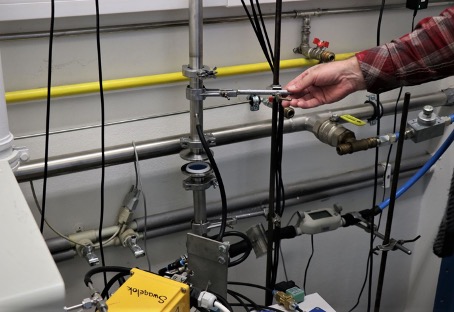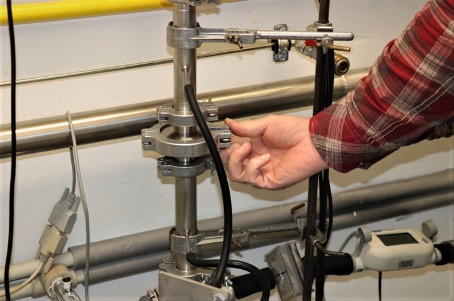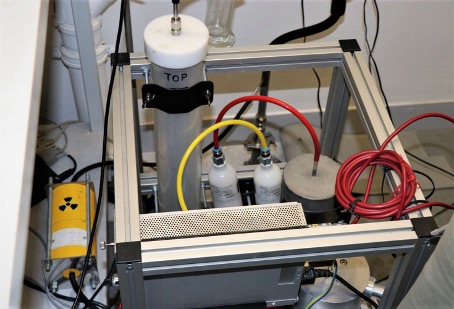
From the subsequent e-mail communication, I understood that I had to explain the results better to them because there was confusion in their interpretation. After the explanation, the Rector of CTU, Mr. Petráček, invited me to join the COVID Czechia team on the following Monday. And then it all went at once. During the following week we made a short YouTube video about the need to wear face masks. Within about 3 days, almost all Czechs were wearing face masks. The next week, we made a YouTube video called #MASKS4ALL in English. In about a week it had over 5 million views. Right after that, I got a call from an editor of CNN International that asked me to be interviewed.
The next day I talked about the face masks, with US President Donald Trump before me and Dr Ryan, the head of the fight against COVID at WHO, who followed after me. A day later, I received a call from Professor Howard at the University of California asking if I would be willing to participate in a forthcoming review article on why we need to wear face masks to stop the spread of the pandemic. The manuscript was prepared and sent to the editors 10 days later. Today, a year and a half later, it represents the most downloaded and most viewed text on “Preprints.org”. This was followed by interviews for SkyNews Arabia, and for the first channel of Irish TV. I was invited also to the Czech Ministry of Health to give a presentation to Professor Prymula’s crisis staff, and to a public hearing of the Public Health Subcommittee of the Czech Parliament.
When we counted up the media appearances for our department about a year later, there were several hundred of them, including a number of live appearances on various TV stations and on a number of radio stations. Of course, most of the output was in text-based media, mostly on-line. At the end of the year, the Rector of the CTU, Associated Proffesor Petráček, awarded me a commemorative medal for extraordinary efforts in the fight against the transmission of COVID-19. In the autumn of this year, I received a medal from the President of the Academy of Sciences of the Czech Republic, Professor Zažímalová, for popularization of science.”



